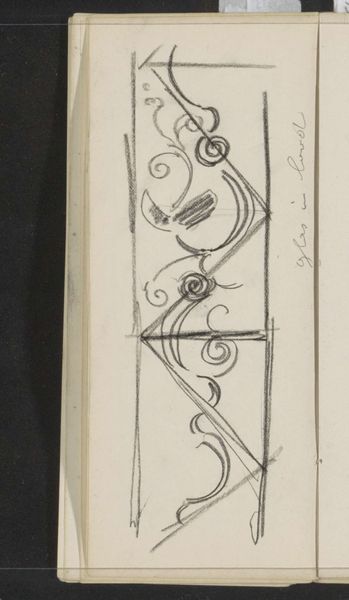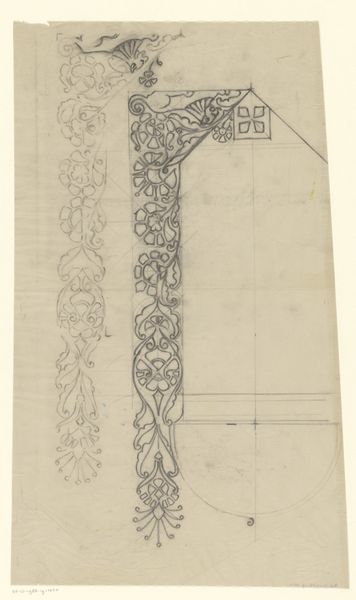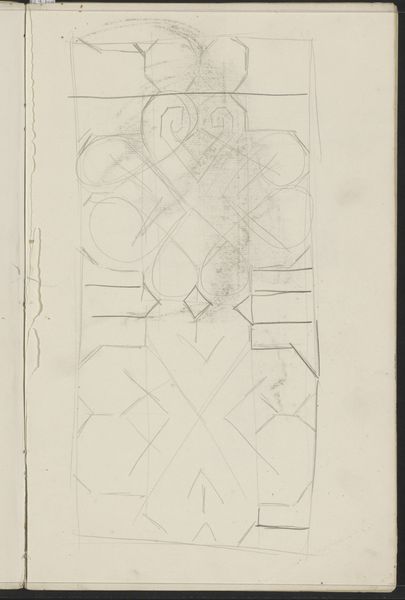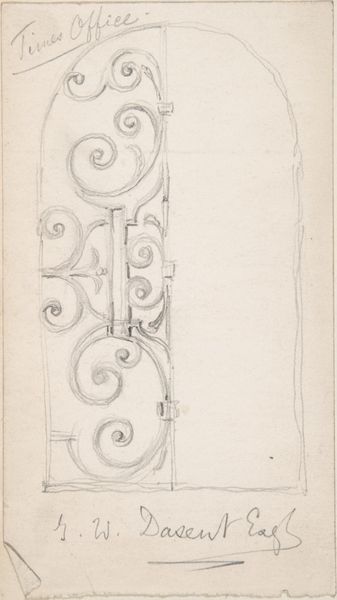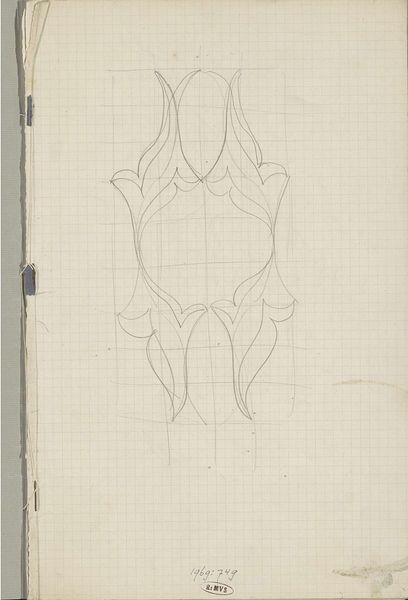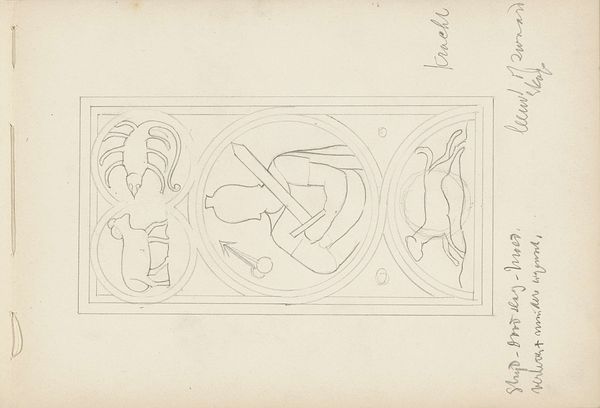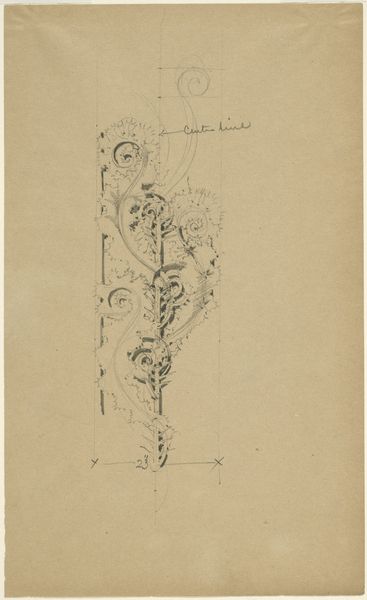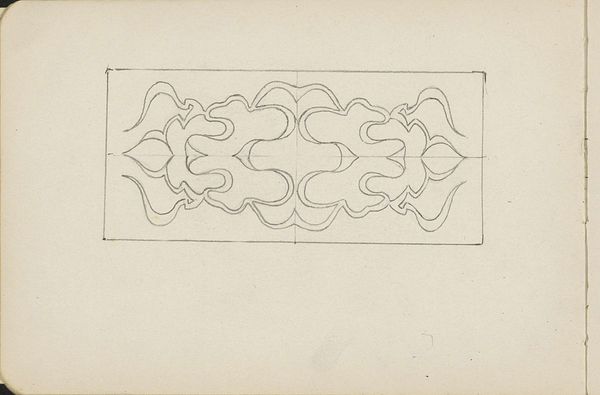
drawing, pencil
#
drawing
#
art-nouveau
#
geometric
#
pencil
Copyright: Rijks Museum: Open Domain
Editor: So, this drawing, "Ornamenten met blad- en bloemmotieven" by Carel Adolph Lion Cachet, created sometime between 1874 and 1945, and made with pencil, has a definite Art Nouveau flavor. I’m immediately struck by how organic yet geometric it feels, like nature being tamed into orderly patterns. What do you see in it? Curator: This piece speaks to a cultural memory deeply rooted in the symbol. Look at the meticulous rendering of the foliage. To me, each tendril, each bloom isn’t just decoration. It’s carrying an echo of older beliefs about nature's power and bounty. Editor: Older beliefs? Can you elaborate? Curator: Think about the Art Nouveau period and what it reacted against: industrialization. These flowing lines, the emphasis on handcrafted design elements, signal a desire to return to a perhaps idealized pre-industrial world where craft and nature are not divorced, and even reflect resistance. Do you feel the tension between geometric shapes and the natural world? Editor: Absolutely. It’s like trying to contain the wildness. The grid background emphasizes that sense of control. So, it’s more than just pretty flowers, it is communicating societal anxieties about industrial change? Curator: Precisely. And consider the cultural associations of specific flowers. Depending on their type, flowers can symbolize love, loss, even warnings. I think Lion Cachet is playing with this language, inviting us to decode not just the surface beauty, but the deeper currents of meaning beneath the drawing. Editor: That really shifts my perspective. It's not just decoration, but an expression of yearning. I guess there's always a cultural narrative embedded within art. Curator: Indeed. Art is rarely created in a vacuum; it’s echoing something beyond the surface level. A conversation with the cultural milieu in which the artist lived. And symbols, those are the persistent threads weaving together past and present.
Comments
No comments
Be the first to comment and join the conversation on the ultimate creative platform.

